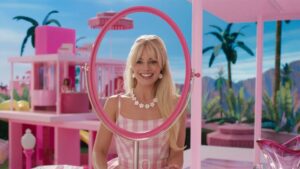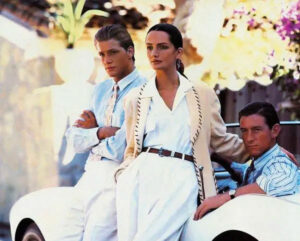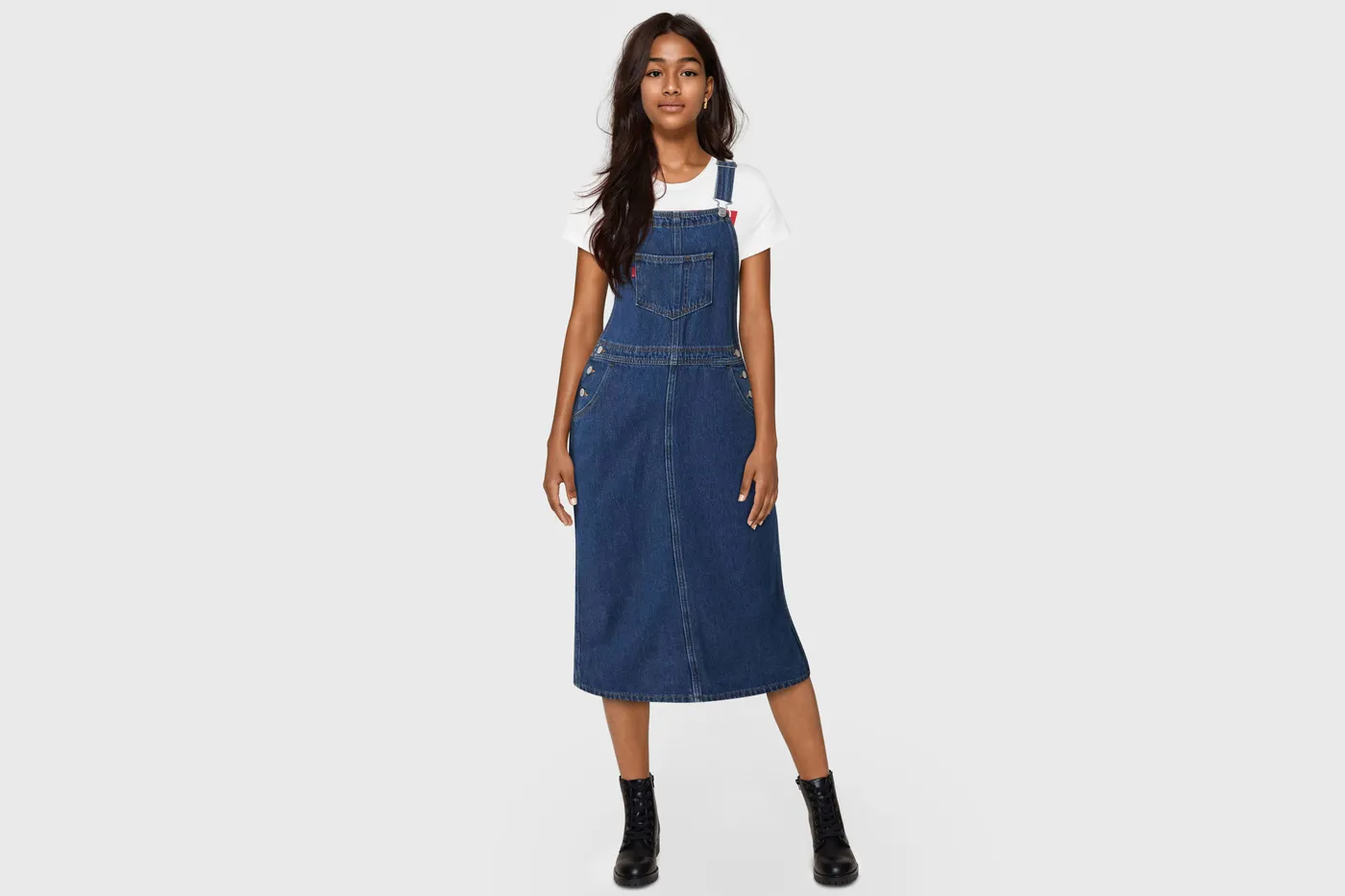We could make a stiff summary of what luxury means through ages, something like TikTok videos when it comes to explaining what does it means to be a brand that talks about “old money” or while we see images of white people at their homes in Connecticut, playing Polo and enjoying a white supremacy that makes them unattainable.
A few days ago we talked about how Beyonce came into our lives with disco, gay and 100% black power. In one of those tracks she tells us “This Telfar bag imported, Birkins, them shit’s in storage.” Perhaps one of the most controversial lyrics in the midst of a universe in which novelty lasts less than a tiktok trend lasts.
Perhaps the idea of knowing that we are no longer comfortable with a traditional concept of life that makes B feel that she can guide us to an imaginary and fashionist way of protest?
What is the real relationship of brands with black consumers? gay? trans? We are not talking about a racial relationship, we know that brands like Dior or Chanel have special collections for Asian or Middle Eastern markets, always aimed at being more expensive, rare or exclusive, but on the other hand, gay pride month or of black pride, is there a movement that gathers brands with these markets? Are we minorities a commercial project that can only buy souvenirs for a parade? The Black community is only a reference for the industry of river and diamond grills? For example, does Dior have special collections for its clients in Atlanta? in Philly?
Telfar in this sense walks through a 100% proudly Black heritage, without pretensions, it does not classify its existence in a race, it only exists to celebrate a community, it is not Dior trying to be spanish by doing a parade in the Plaza de Espana in Seville, a kind of aesthetic cultural appropriation that seeks “comfortable” visual references and above all, sellable.
Could Dior become that? For example, would they dare to do a parade in a New York project? Or Chanel a parade with a Summer in Chicago theme?
The macro communities are those that are united by something that goes beyond the racial, they are united by an experience, by styles and cultural heritage that are more than scattered referents.
Hermes will always be Hermes, but maybe we are just getting to that point in fashion where Golden Goose will always be a reference to a white person with money in search of a non-existent identity that proves his monetary capacity in front of a stranger while ordering a coffee from Starbucks, on the other hand, Telfar will be the living proof that you earned all this money but that will never take the country out of me.
Because…..I got a hot sauce in my bag… SWAG
========
¿Birkin? No, gracias.
Podríamos hacer un resumen acartonado de que significa el lujo a través de los tiempos, algo así como los videos de TikTok en lo que se trata de explicar que significa ser una marca que hable de “old money” , mientras vemos imágenes de gente blanca en casas de Connecticut, jugando al Polo y disfrutando de un white supremacy que los vuelve inalcanzables.
Hace unos días hablábamos de cómo Beyonce llegaba a nuestras vidas con disco, gay y 100% black power y en uno de los tracks nos dice “This Telfar bag imported, Birkins, them shit’s in storage.” Quizás, un de las letras más controversiales en medio de un universo en el que la novedad dura menos de lo que dura un trend de TikTok.
¿Es quizá, la idea de saber que ya no estamos cómodos con un concepto tradicional de vida, lo que hace que B sienta que puede guiarnos a un formato de protesta imaginario y fashionista?
¿Cuál es la relación real de las marcas con los consumidores negros, gays o transgénero? No estamos hablando de una relación racial, sabemos que marcas como Dior o Chanel, tienen colecciones especiales para mercados asiáticos o del medio oriente, siempre dirigidas a ser mas caras, raras o exclusivas, pero, mas allá por ejemplo del mes del orgullo gay o del orgullo negro, existe algún movimiento que una a las marcas con estos mercados?
¿Somos entonces las minorías un proyecto comercial que solamente puede comprar recuerdos para un parade? La comunidad negra es solamente para la industria un referente de grills y diamantes? ¿Tiene Dior por ejemplo colecciones especiales para sus clientes en Atlanta? ¿En Philadelphia?
Telfar en este sentido camina por una herencia 100% orgullosamente negra, sin pretensiones, no encasilla su existencia en una raza, solamente existe para celebrar una comunidad, no es Dior tratando de ser español haciendo un desfile en la Plaza de España en Sevilla, una especie de apropiación cultural estética que busca referents visuals “cómodos” y sobre todo, vendibles.
¿Será que Dior por ejemplo, se atrevería a hacer un desfile en un project de New York o Chanel un desfile con temática Summer in Chicago?
Las macro comunidades son aquellas que están unidas por algo que va más allá de lo racial, están unidas por una vivencia, por estilos y herencias culturales que son mas que referentes dispersos.
Hermes siempre sera Hermes, pero tal vez estamos llegando justamente a ese punto en la moda en la que Golden Goose sera siempre un referente de persona blanca con dinero en la búsqueda de una identidad inexistente que pruebe su capacidad monetaria frente a un extraño mientras pide un café de Starbucks y Telfar sera la prueba viviente de que “earned all this money but they’ll never take the country out me, because… I’ve got a hot sauce in my bag, swag!”



